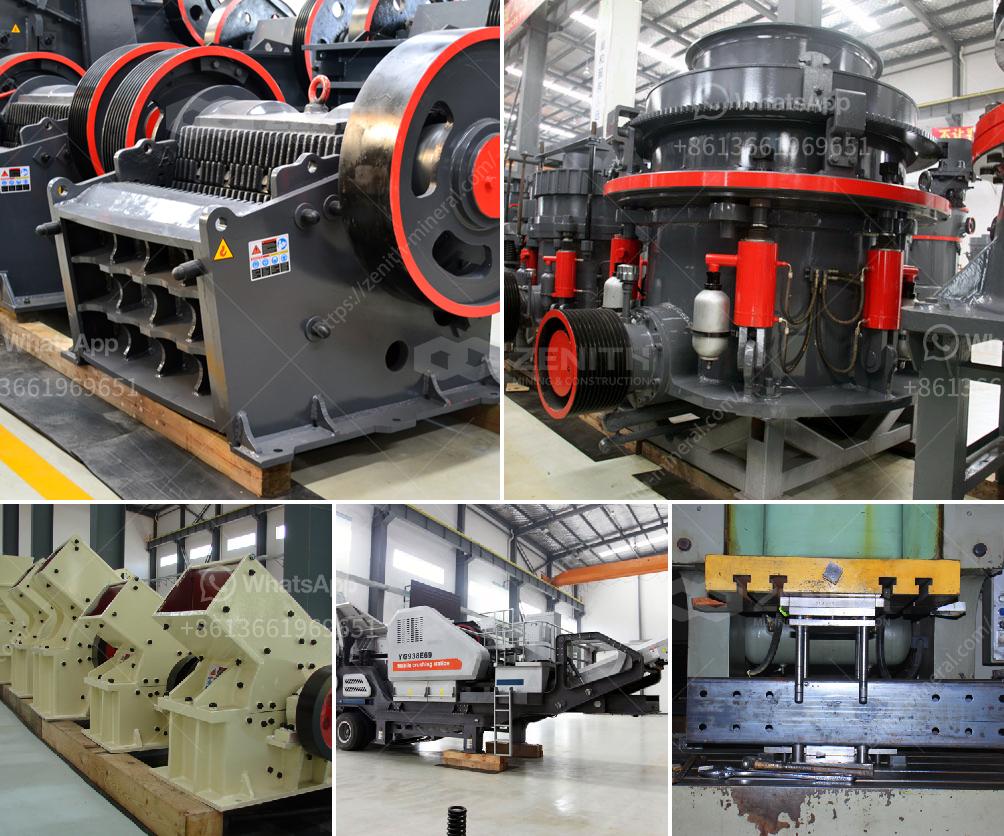Concrete crushing is a process that involves the breaking down of concrete into smaller, more manageable pieces. This process is typically carried out using specialized machinery and equipment designed to handle the hardness and density of concrete. The primary purpose of concrete crushing is to recycle concrete from demolished structures, such as buildings, bridges, and roads, so that it can be reused in new construction projects or other applications.
Detailed Explanation
-
Purpose of Concrete Crushing:
- Recycling: One of the main reasons for concrete crushing is to recycle the material. Concrete is a highly durable and versatile material, and recycling it helps reduce the need for new raw materials, thereby conserving natural resources and reducing environmental impact.
- Waste Reduction: Crushing concrete helps reduce the amount of construction waste that ends up in landfills. This is important for managing waste sustainably and minimizing the environmental footprint of construction activities.
- Cost Efficiency: Reusing crushed concrete can be more cost-effective than purchasing new aggregate materials. It reduces transportation costs and the need for new material extraction.
-
Process of Concrete Crushing:
- Demolition: The first step in concrete crushing is the demolition of the existing structure. This involves breaking down the concrete using various methods such as hydraulic breakers, wrecking balls, or controlled explosives.
- Separation: After demolition, the concrete debris is collected and transported to a crushing facility. Here, any contaminants such as rebar, wood, or other materials are removed. This is typically done using magnets, screens, and other separation techniques.
- Crushing: The clean concrete is then fed into a crusher. Crushers come in various types, including jaw crushers, impact crushers, and cone crushers. Each type of crusher works differently but generally involves applying mechanical force to break the concrete into smaller pieces.
- Screening: Once the concrete is crushed, it is screened to separate it into different sizes. This ensures that the crushed concrete meets the specifications required for its intended use.
-
Types of Crushers:
- Jaw Crushers: These crushers use a pair of jaws to crush the concrete. One jaw is fixed, while the other moves back and forth to crush the material.
- Impact Crushers: These crushers use impact force to break the concrete. The material is fed into a chamber where it is struck by rotating hammers or blow bars, causing it to shatter.
- Cone Crushers: These crushers use a rotating cone inside a hardened shell to crush the concrete. The material is squeezed and broken as it moves down through the cone.
-
Applications of Crushed Concrete:
- Road Base: Crushed concrete is commonly used as a base material for roads and highways. It provides a stable foundation and good drainage properties.
- Construction Fill: It can be used as fill material for various construction projects, including building foundations and retaining walls.
- Landscaping: Crushed concrete is also used in landscaping projects, such as creating pathways, driveways, and garden beds.
- New Concrete Production: In some cases, crushed concrete can be used as an aggregate in the production of new concrete, reducing the need for virgin materials.
-
Environmental Benefits:
- Resource Conservation: By recycling concrete, we conserve natural resources such as gravel, sand, and limestone, which are commonly used in concrete production.
- Energy Savings: Recycling concrete requires less energy compared to producing new concrete from raw materials. This helps reduce greenhouse gas emissions associated with concrete production.
- Reduced Landfill Use: By diverting concrete waste from landfills, we reduce the burden on these facilities and extend their lifespan.
In summary, concrete crushing is a crucial process in the construction and demolition industry, offering numerous environmental, economic, and practical benefits. It involves breaking down concrete into smaller pieces for recycling and reuse, thereby promoting sustainability and resource efficiency.


